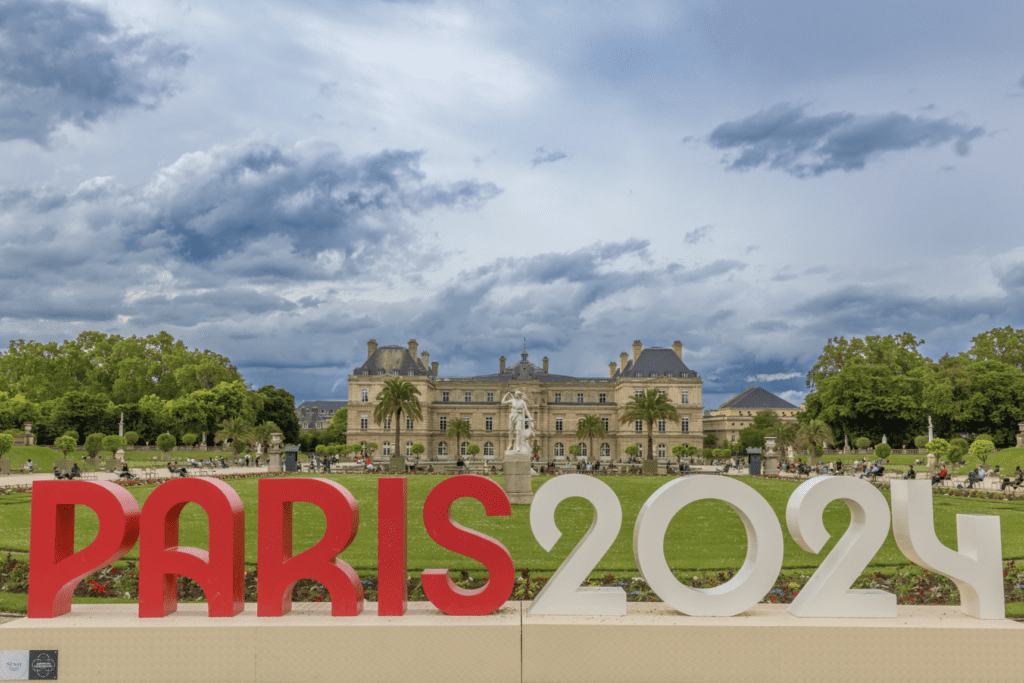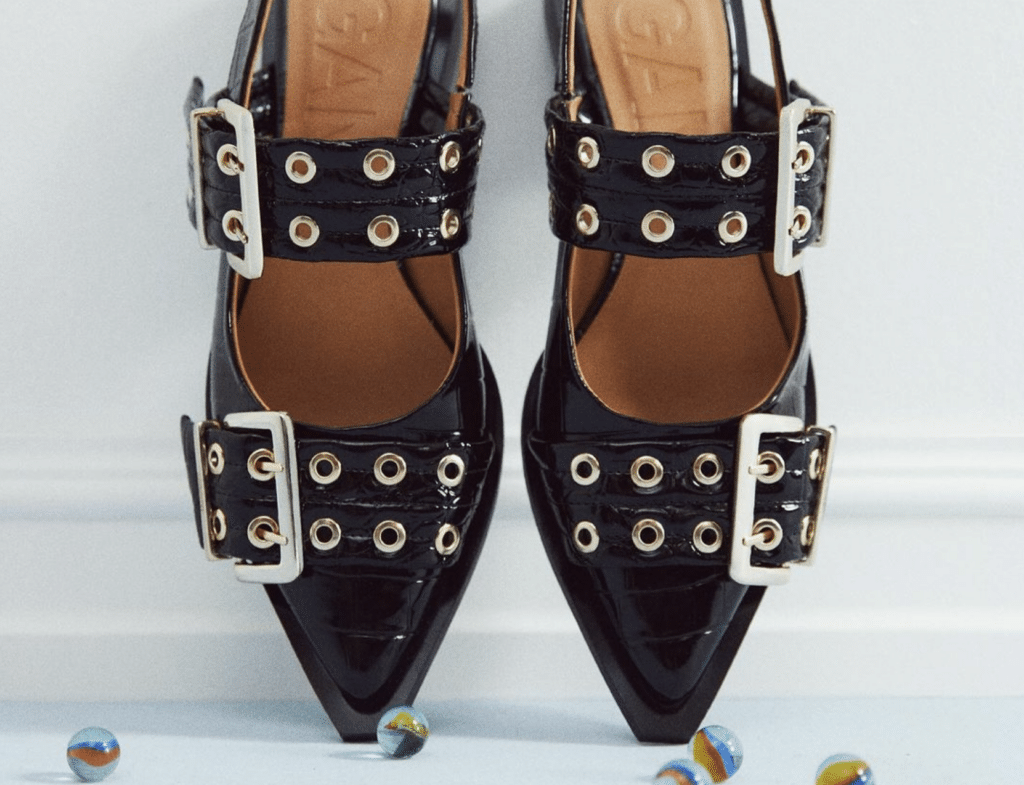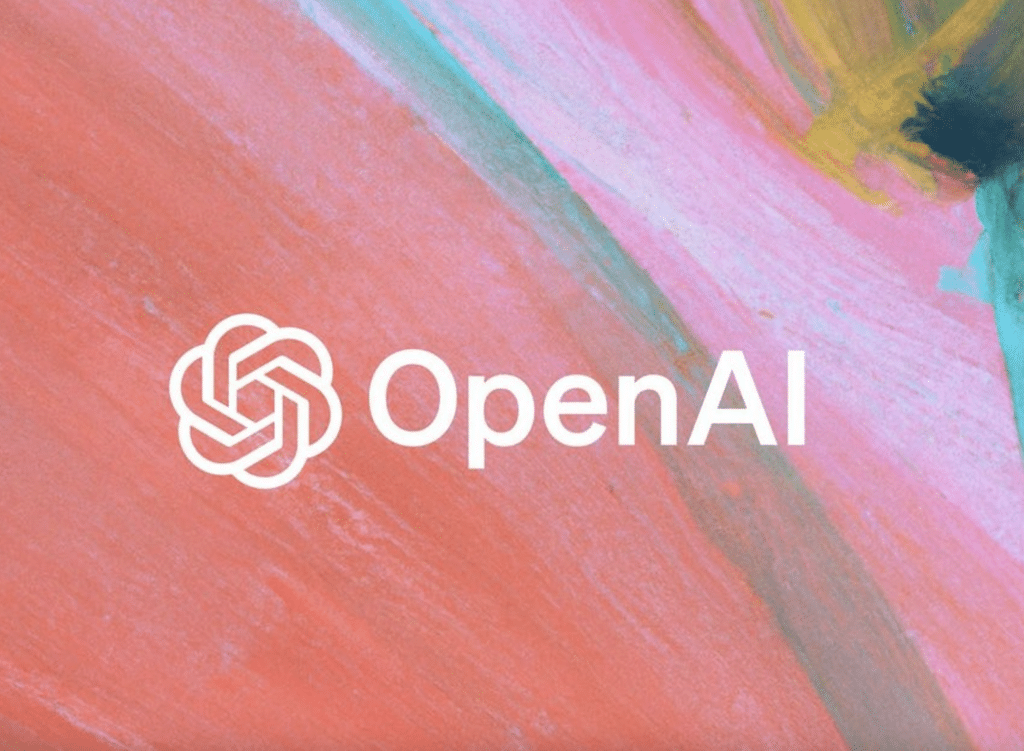As preparations and enthusiasm for the 2024 Olympics in Paris ramp up for the start of the global event this week, there is another aspect of the games that has come into sharp focus: the striking increase in counterfeits and how the International Olympic Committee (“IOC”) and other stakeholders can combat them. As far as counterfeiting goes, worldwide events like the Olympics or the FIFA World Cup create complex problems for organizers and the nations that host them, as well as law enforcement, affiliated brands, and online marketplaces that bear at least some responsibility in cracking down on illicit counterfeiting activities. And as the manufacturing and availability of counterfeit goods has grown thanks to supply chain and tech advances, the challenges that stakeholders face in fighting back have advanced alongside them.
Tech advances like artificial intelligence and 3D printing – along with easy access to manufacturing via dropshipping – have made it easier for bad actors to not only speed up the creation of counterfeit goods, but also increase the volume and expand the range of what is possible when it comes to turning out counterfeits. Additionally, easy access to online marketplaces like Amazon, ebay, and Instagram, among others, provides counterfeiters with the ability to sell and deliver fake goods that can be difficult to detect.
The Rising Market for Fakes
While none of this is new (and certainly is not a foreign concept at international mega events like the Olympics, where such practices explode in scale), the problem of counterfeit goods has only increased in recent years. And that means officials and brands in Paris will be faced with confronting an old problem that is not going away.
Kimiya Shams, who works as the legal and business affairs manager for the French audio company Devialet and has been involved in the international legal battle against counterfeit goods for more than a decade, emphasized that challenges with counterfeits are always increased around events like the Olympics. She told TFL that with every FIFA World Cup and Olympics games, there “is an unbelievable increase” in counterfeit goods, year after year. The technological advances and ease of accessibility to marketplaces help drive the expansion, she said. At the same time, though, younger consumers are also becoming more relaxed about counterfeits today due to online influencers and other cultural factors, as well as online platforms being reluctant to act and take down counterfeit listings.
This all combines to create a growing problem, she said – and it is a sizable issue. According to the European Union Intellectual Property Office (“EUIPO”), counterfeit branded clothing is estimated to have cost companies in France $1.83 billion in lost sales on average each year between 2018 and 2021. Meanwhile, a 2023 EUIPO study found that the import of counterfeit and pirated goods was worth nearly $465 billion in 2019.
It is not just about the money. Relatedly, there is also a wider harm that this fraudulent ecosystem causes. Shams said that although some might consider counterfeiting to be “soft crime,” the rapid expansion of this illicit market has expanded the damage it does to businesses, economies, and human rights worldwide. Beyond the economic factors mentioned above, Shams highlighted that the rise of counterfeit culture comes at the expense of the people that are tasked with manufacturing these goods in unlawful and inhumane conditions. What consumers see as a cheap item actually comes at “a great cost,” she said.
Exacerbating all of this is the fact that the expanded fake good markets that global events like the Olympics bring to host countries often remain, even after the event is over. Vidyuth Srinivasan, CEO of Entrupy, a New York-based company that focuses on product authentication and data surrounding counterfeits, told TFL that the data the company has collected reflects this phenomenon. According to Entrupy, during the 2021 Olympics in Japan the inventory of inauthentic products in that country doubled from 4.1 percent to 9.9 percent the year after – and then did not go back down again, even after the event was over. In fact, the size of the market for counterfeits continued to increase, data from the company’s annual “State of the Fake” reports show.
“The numbers never went back down after the Olympics, in fact they only went up,” Srinivasan said, noting that when there are huge international events like the Olympics, supply chains and transnational shipments that did not exist before “open up” to accommodate an influx of event-related imports from countries that did not have a significant presence in the host nation before. There is “a lot of new inventory and supply of infrastructure focused on a certain country” when it plays host to the Olympics, he said, going on to note that host governments often “loosen regulations” to accommodate for those legitimate imports. Once that happens, these new supply chain channels – that counterfeiters take advantage of during the event – can be difficult to close off again. “It is quite possible the channels opened up during the Olympics and were never stopped,” he said.
Cracking Down on Counterfeits
Just as the rise in counterfeit goods that coincides with the Olympics is not new, neither are examples of brand enforcement. In 2021, for example, when the games were taking place in Tokyo, local news in Ohio U.S. Customs and Border Protection agents confiscated more than 50 counterfeit gold medals en route to Japan. Before that, the United Kingdom’s Home Office reported that thousands of counterfeit Olympic goods – from medals to clothing and toys bearing Olympic insignia – had been confiscated ahead of the 2012 games in London.
More recently, in February, French customs officials seized more than 600 Olympics-branded toys, the French Ministry of the Economy, Finance and Recovery reported in a press release, which emphasized that in 2023, customs seized more than 20 million counterfeit goods from the market, “an exceptional and unprecedented” amount, the agency said. Not limited to Olympics-branded wares, in April, police officers in Paris raided a flea market in Saint-Ouen, confiscating at least 63,000 items of clothing, shoes, and leather goods, including fake Louis Vuitton and Nike products. Law enforcement made arrests and shut down more than ten stores that were selling the goods, officials reported, as part of a wider crackdown before the Olympics begin.
Traditional ground-level enforcement events like these serve as a foundational aspect of counterfeit prevention, and Shams said that this is where efforts to keep up with the rapidly expanding world of counterfeits can begin. The ability to be able to recognize fake goods – especially as technology allows for the volume and quality of these products to increase – is integral to protecting consumers, as well as the Olympic trademarks, affiliated brands, and local economies. In France, for instance, more than 1200 customs officers were trained on how to identify fake products. “Training custom agents on what is an authentic product, what’s a good product – governments working closely with borders and customs agencies to educate officers – that will always be important,” she told TFL.
Public awareness campaigns are another essential tool that countries can use in preparation for events like the Olympics, particularly as counterfeit goods have become more popular with younger generations. Because counterfeit goods have become more accepted with the rise of dupe culture, it “has become normalized to buy these products, especially with millennials and Gen Z,” Shams said. In fact, these products are sought after due in large part to their counterfeit nature.
“Now people have their own demand just for the fakes – they do not even care about the originals,” Srinivasan noted. “And the data will show it. My estimation is that it will probably become much worse.”
New Tech to Take on Fakes
This is where newer, proactive online monitoring tools built around artificial intelligence come in. These developments allow enforcement agencies to amp up their efforts and intercept counterfeits before they even make their way to consumers. Shams highlighted Talisman, a tool developed by Corsearch, an online monitoring company that helps brands protect their products. That tool searches out counterfeit products on online marketplaces, even if they are hidden under false names or categories. Brands can protect their products by scanning photos and labeling information into the tool, which then scans marketplaces for counterfeit goods, even if they have been hidden under false categories or product names on the site.
Daniel Shapiro, senior vice president of brand relationships and strategic partnerships for Red Points, expanded on the importance of these new online monitoring tools. Red Points, which offers anti-counterfeit, online monitoring services to more than 1,300 clients, including brands involved with the Olympics this year, uses a combination of AI-based models and tools to detect counterfeits on internet marketplaces via logo recognition and image fingerprinting, as well as optical character recognition-capable programs that can see text in images. There are at least 15 companies operating in the space, Shapiro said, and one important aspect of what makes a difference, especially with events like the Olympics, is scalability and database storage.
“Part of it is in the scanning, but then you have to take that data and put it into your platform,” he said. “We have got to extract data that we need that help us use predictive AI tools. We have an enormous database of bad actors and sellers around the world, so now we can predict the likelihood of the risk, based on the seller. Online, between right now and the next 14 days, there will be a ton of this stuff, and the question for these brands is taking down things at speed.”
All of this is an area of enforcement that Shams said could be increased. “What the IOC and other organizations can do, while they work with countries that have been awarded the opportunity to host these events, is focus on online monitoring,” she said. “Developing internal procedures or working with service providers that monitor marketplaces to find and intercept products before they are even shipped is a very powerful tool.”
But even those tools, while effective, have their drawbacks, especially during events like the Olympics, Srinivasan pointed out. While they definitely can make a difference, especially machine learning-based programs that can update themselves alongside advancements in counterfeiting, he noted the unique obstacles that the Olympics creates. This includes a fragmented, international marketplace at international events that makes it difficult to target a specific platform. “This is an international event with people speaking many different languages,” he said. “So, it’s not like everyone is going to eBay France to buy this stuff. When the fragmentation of marketplaces happens, it is just harder to control.”
The key to any advances, he said, will be focusing on a back-to-basics approach that is built around interorganizational communication. In order to “put a lid on” counterfeiting at a manageable level, collaboration and cooperation will be needed. New tools will help mitigate the issue, he said, but counterfeiting is a problem that will never go away completely, especially considering the changing cultural landscape. The most effective approach might involve what sounds like the most simple, he said.
“It sounds idealistic, but if you have the manufacturers and IP owners, enforcers like customs and legal, and the resellers and the transporters – if they all have similar information and it is timely, then you could put a huge dent in it,” he said.











